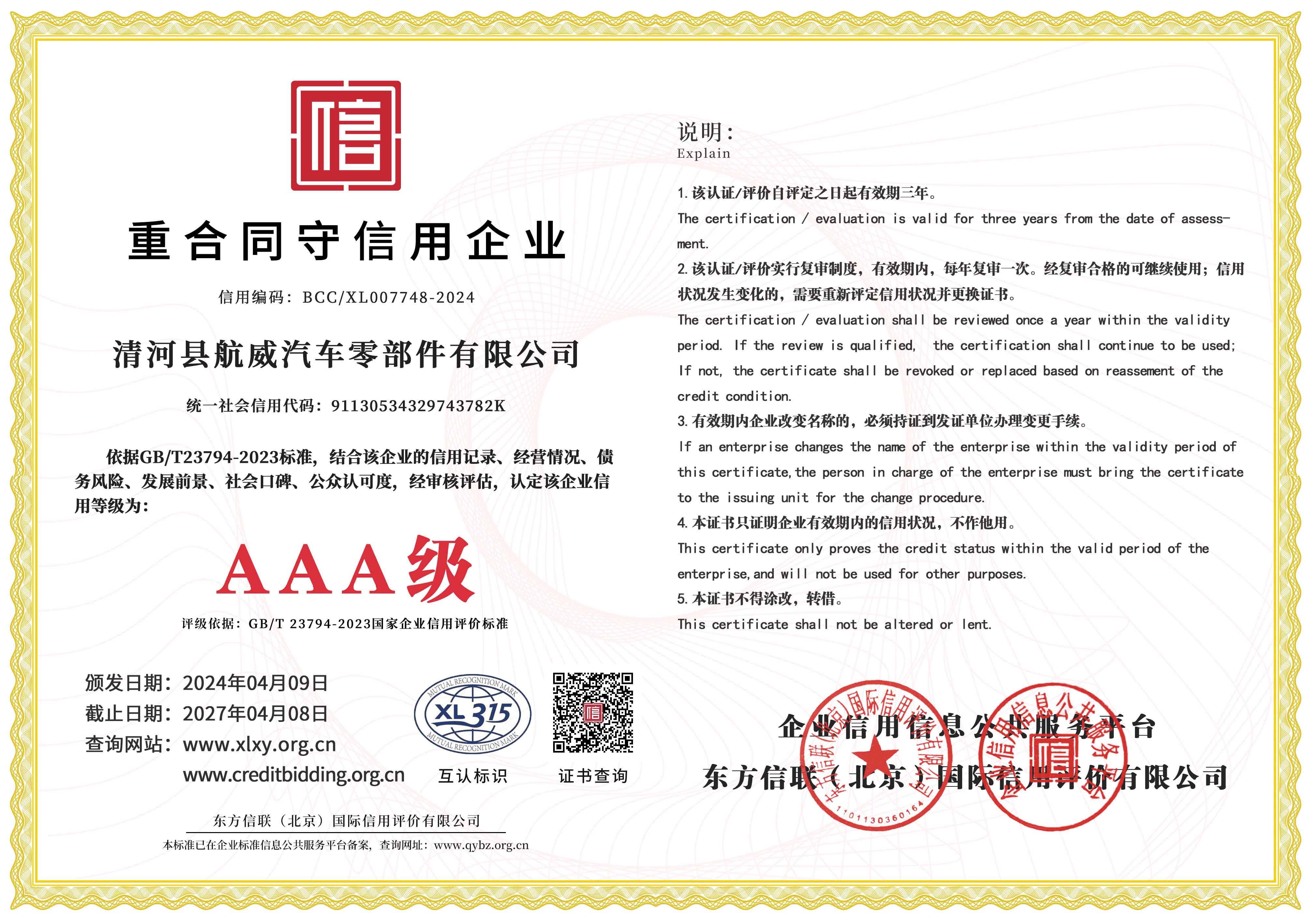Understanding the Function and Adjustment of Carburetor Cables in Engine Performance
Understanding the Carburetor Cable Function, Importance, and Maintenance
The carburetor cable is a crucial component in internal combustion engines, particularly in older vehicles that utilize carburetors for fuel delivery. While modern engines have largely transitioned to fuel injection systems, understanding the role of the carburetor cable is essential for anyone interested in auto mechanics, classic cars, or simply understanding how their vehicles work.
What is a Carburetor Cable?
The carburetor cable, often referred to as the throttle cable, is a flexible wire or cable that connects the accelerator pedal to the carburetor. When the driver presses down on the accelerator pedal, this action pulls the cable, which in turn opens the throttle in the carburetor. By allowing more air and fuel to enter the engine, the throttle controls the engine's speed and power. Therefore, the carburetor cable plays a vital role in how the vehicle accelerates and responds to driver inputs.
The Importance of a Functional Carburetor Cable
A properly functioning carburetor cable is essential for optimal vehicle performance. A cable that is worn, frayed, or improperly adjusted can lead to several issues, including
1. Poor Acceleration If the cable is sticking or has excessive play, the throttle may not open fully when the accelerator is pressed, resulting in sluggish acceleration and poor engine performance.
2. Unresponsive Throttle Conversely, if the cable is too tight or misaligned, it can create a situation where the throttle remains partially open even when the accelerator pedal is not pressed, leading to erratic engine behavior and potentially dangerous driving conditions.
3. Increased Fuel Consumption A malfunctioning carburetor cable can result in inefficient fuel usage, as the engine may run richer or leaner than necessary.
carburetor cable

4. Acceleration Lag A delayed response when pressing the accelerator can be frustrating for drivers, as it can impact the smoothness of driving, especially during overtaking or merging.
Maintenance and Troubleshooting
To ensure the carburetor cable operates efficiently, regular maintenance and periodic inspections are recommended. Here are some key steps to effectively maintain the cable
1. Visual Inspection Regularly inspect the cable for signs of wear and tear, such as fraying, kinks, or corrosion. Pay special attention to the areas where the cable bends or connects to the throttle and accelerator pedal.
2. Lubrication Applying a suitable lubricant to the cable can help reduce friction and prevent sticking. Be careful not to over-lubricate, as this can attract dirt and grime, leading to further issues.
3. Adjusting Tension Ensure the cable has the correct tension. If it is too loose, the throttle may not open fully, thus affecting acceleration. Conversely, a cable that is too tight can cause the throttle to be overly responsive, leading to possible stalling or erratic performance.
4. Replacement If significant wear is noticed, or if the cable is malfunctioning and cannot be repaired, it is crucial to replace it with a new one. Ensure that the replacement cable is compatible with the vehicle’s make and model for optimal performance.
Conclusion
Understanding the carburetor cable's function, importance, and maintenance is vital for any car enthusiast or vehicle owner, especially those with older models still relying on carburetors. By taking the time to inspect, maintain, and replace the carburetor cable when necessary, drivers can ensure their vehicles remain responsive, efficient, and safe on the road. While the automotive world is quickly evolving towards modern technologies like fuel injection, the principles of good maintenance and understanding the mechanics of earlier systems remain timeless.
-
Workings of Clutch Pipe and Hose SystemsNewsJun.04,2025
-
The Inner Workings of Hand Brake Cable SystemsNewsJun.04,2025
-
The Secrets of Throttle and Accelerator CablesNewsJun.04,2025
-
The Hidden Lifeline of Your Transmission Gear Shift CablesNewsJun.04,2025
-
Demystifying Gear Cables and Shift LinkagesNewsJun.04,2025
-
Decoding Clutch Line Systems A Comprehensive GuideNewsJun.04,2025
